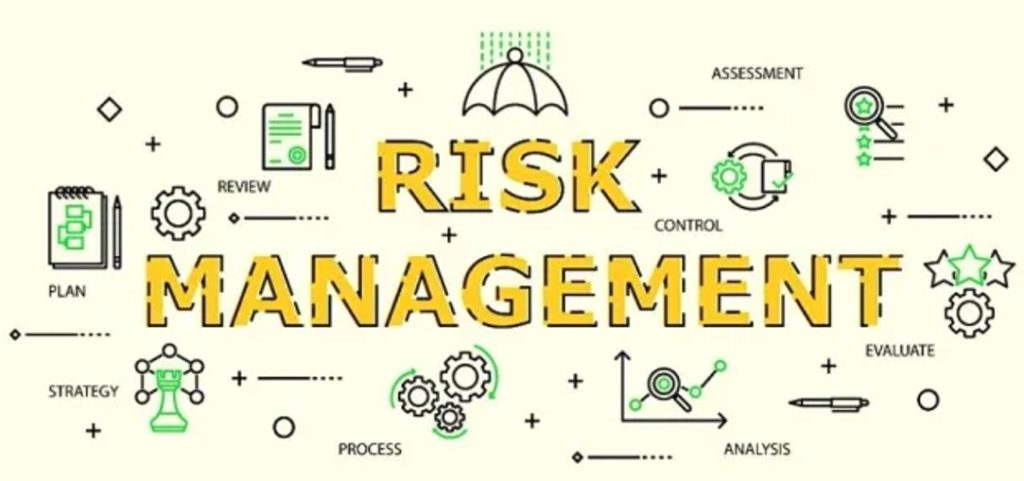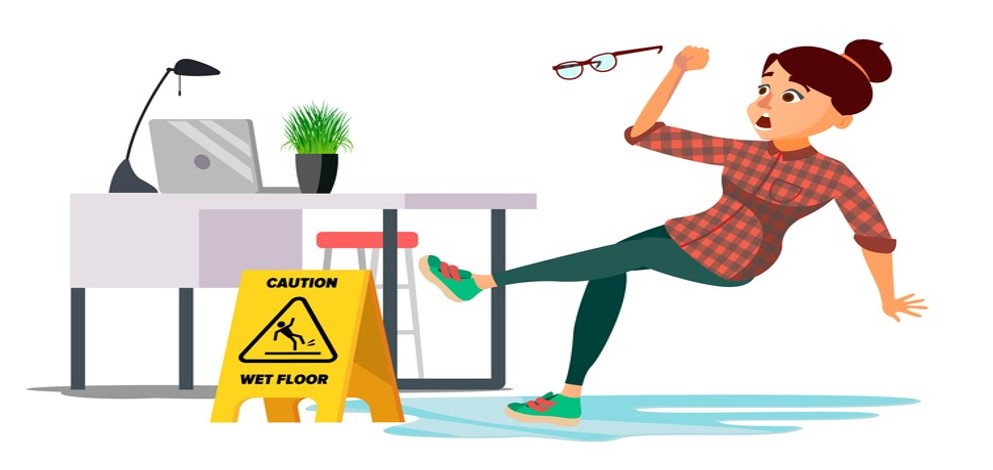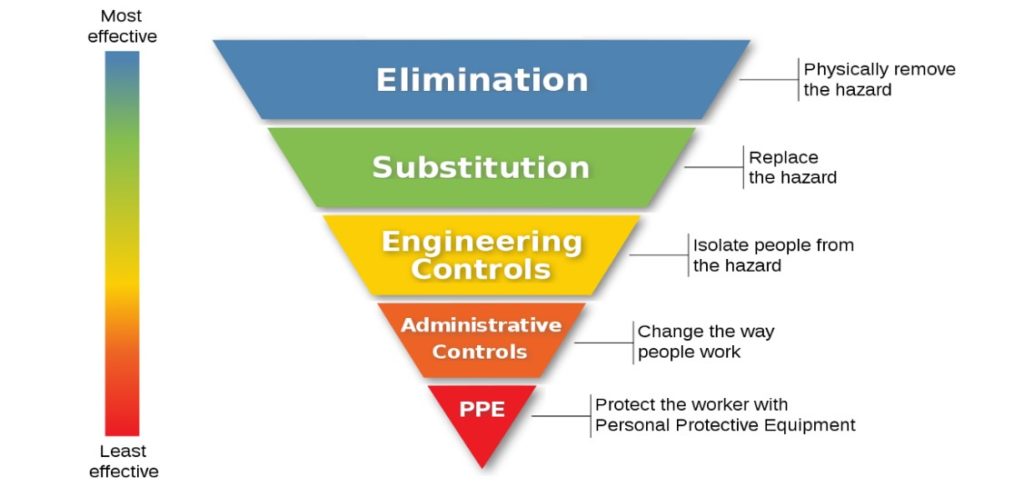Risk management in construction project is an important process of the project planning. Various risks associated with construction projects and when a risk turns into reality it can disrupt a project and it can have a serious impact on costs, schedules, and performance of the project which will lead to delays and disputes down the road. In order to avoid disaster, you need to be able to properly assess, control, and monitor risks once they’ve been identified.

Risk management is a process of steps that help identify and migrate the risks for the successful closure of a project. If done correctly and sincerely, risk management will reduce not only the likelihood of an event occurring, but also the magnitude of its impact. In the simplest terms, risk management process is taking preventive actions to avoid and minimize any kind of risk to a project which lead to Increase market value, increase profits, establishing good relationships with clients that result in more projects, and being able to expand business.
Risk Management Process:
Step 1: Identify the hazards
Step 2: Assess the Risks
Step 3: Control the Risks
Step 4: Record your findings and implement them
Step 5: Review your assessment and update if necessary
Identify the Hazards:
Look around your workplace and think about what may cause harm. Think about:
- how people work and how plant and equipment are used
- what chemicals and substances are used
- what safe or unsafe work practices exist
- the general state of your premises

Assess the risks:
Once you have identified the hazards, decide how likely it is that someone could be harmed and how serious it could be. This is assessing the level of risk.
Decide:
- Who might be harmed and how
- What you’re already doing to control the risks
- What further action you need to take to control the risks
- Who needs to carry out the action
- When the action is needed by

Control the Risks:
Look at what you’re already doing, and the controls you already have in place. Ask yourself:
- Can I get rid of the hazard altogether?
- If not, how can I control the risks so that harm is unlikely?
When controlling risks, apply Hierarchy of Risk control, if possible, in the following order:

Record Your Findings and Implement Them:
Putting the results of your risk assessment into practice will make a difference when looking after people and your business.
Writing down the results of your risk assessment, and sharing them with your staff, encourages you to do this. If you have fewer than five employees you do not have to write anything down, though it is useful so that you can review it at a later date if, for example, something changes.
Review Your Risk Assessment and Update if Necessary:
You must review the controls you have put in place to make sure they are working. You should also review them if they may no longer be effective or there are changes in the workplace that could lead to new risks such as changes to:
- staff
- a process
- the substances or equipment used
Also consider a review if your workers have spotted any problems or there have been any accidents or near misses. Update your risk assessment record with any changes you make.